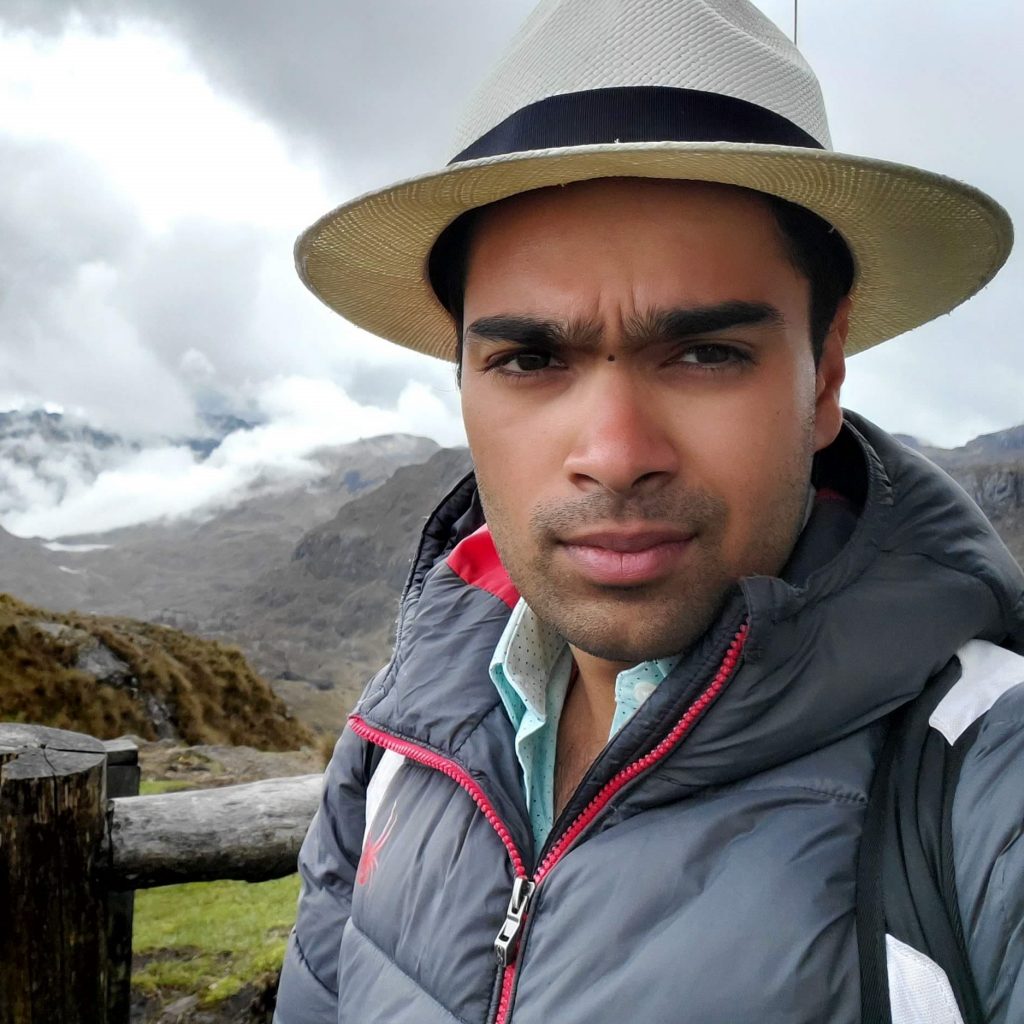Climate Tech startups that are in the process of finding a path to commercialize ground-breaking technology that has the potential to reduce carbon emissions tend to struggle with go-to-market. Many times this is because technology is developed in a lab or a solution is developed before a market problem is identified.
This tends to be the first chasm of death for climate tech startups and we can trace this back to busts from the Climate Tech 1.0 era. However, this isn’t always the case and the key to success for climate tech startups navigating this first chasm of death is customer discovery and identifying problem-market fit as soon as possible.
However, when you’re a solution out in the market looking for a problem – especially as a climate tech startup – you need to do things differently to ensure you get the results you’re seeking.
The Multiple Segments Challenge
A common occurrence when you look at your technology – especially when you’re at the seed stage and trying to raise a round of funding – is that you see opportunities to apply it in multiple markets. When I see this – having done it myself – it shows me that there is a lack of a go-to-market strategy in place. Companies can grow into multiple markets, but for many climate tech companies, getting into one market alone is a challenge and a half.
However, I see this as a huge opportunity for any climate tech startup in this position today.
Multiple segments = Goldmine for customer discovery
Should you be in a position where you’re exploring multiple potential applications for your technology and don’t know how to get started – here’s a simple step-by-step process that I’ve used that works exceptionally well.
- Write down every single market segment and be specific about the customer’s pain point (If it’s a consumer, write names of people who would buy your product and if it’s a business, write companies who would buy your product)
- List out at least 5 people/companies you can speak to in each of your market segments listed above
- Get on 30-minute calls and try to answer the following 5 questions to test if that market segment has value:
- What are the biggest pain points ____________? (Checking how they feel the pain from this problem)
- What’s the hardest thing about ____________? (Checking the severity of this pain point)
- Tell me about the last time you encountered that problem… (Checking frequency of the pain point)
- Why was that hard? (What makes this pain point unmanageable & may share the “$ cost” of that pain point)
- What, if anything, have you done to try to solve the problem? (Are they actually trying to solve this problem?)
- What don’t you love about the solutions you’ve tried? (What your competition falls short on)
- What are the biggest pain points ____________? (Checking how they feel the pain from this problem)
Identifying Problem-Market Fit
The above data-gathering process will quickly help you identify a problem and market that you can solve better than the alternatives. At this stage, you need to dial in and focus deeply on the customer segment which provides the highest value for your product and can result in you landing contracts.
At this stage, you’ve identified a series of market segments for your climate tech startup with data on what the total opportunity is if you focus on one of them.
In this ongoing series, we’ll be covering and breaking down successful climate tech startups to understand exactly how they grew their business, starting from the earliest stages of identifying an opportunity to growing through their exit.
About The Author

Swarnav has over 10 years of experience in the energy & climate tech space, holds 2 patents and is active in the tech, climate and media industries. He specializes in Product/Product Innovation as well as Go-To-Market and Growth Strategy.
By training he’s a Materials Engineer with a background in research from his time at Georgia Tech and University of Illinois (UIUC).
He founded TouchLight a utility backed energy company focused on developing IP for utilities and startups pushing electrification forward. He also serves as the appointed Chairman for the Town of Yorktown’s Climate Smart Communities Task Force, where he helps with drafting legislation and enabling sustainability efforts within the town.
Concurrently, Swarnav founded The Impact to help investors, emerging founders and driven climate enthusiasts discover and identify new climate-tech startups, technologies and opportunities before they hit the traditional media sources.

